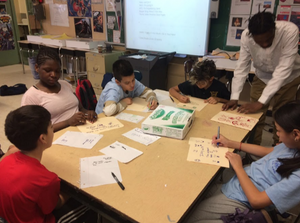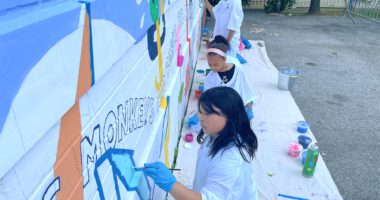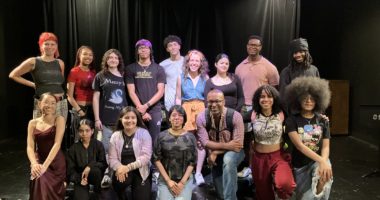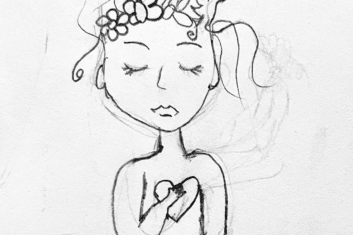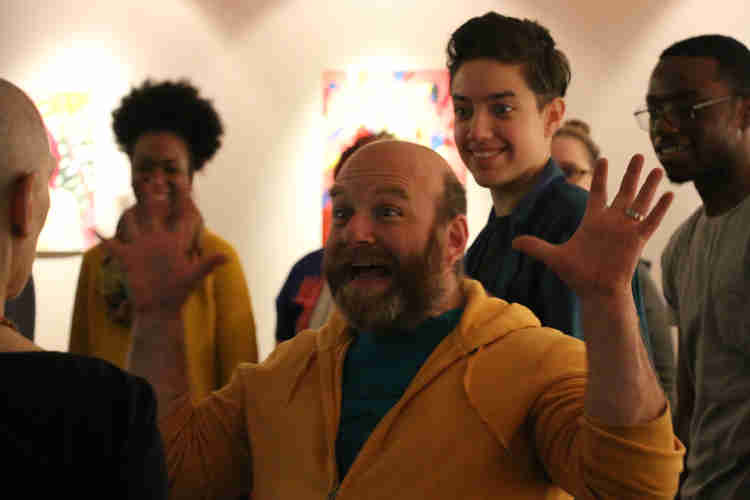

As part of our apprenticeships in NYC classrooms, TAP trainees are responsible for co-teaching a full lesson at some point. Mine was during 2nd period on February 8th, and it was the first time I led a full lesson in a real classroom setting. Let’s just say there’s not enough deodorant in the world to help with the sweating I was doing.
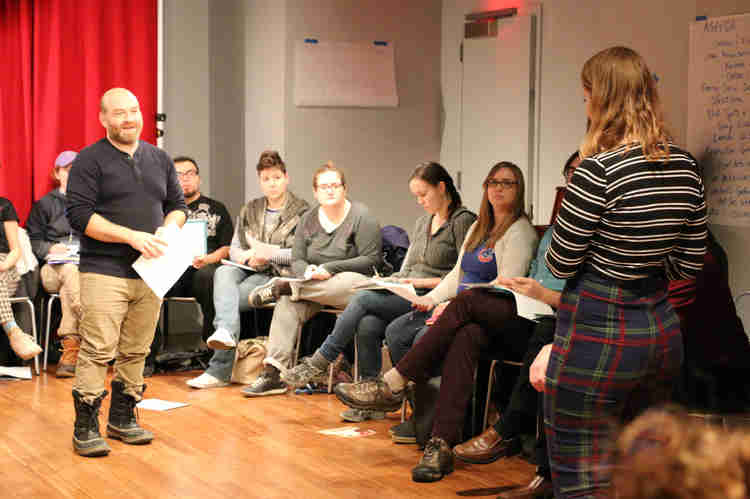

But by the end, we had broken down part of a short film, brainstormed together, and produced some work. So, overall, it was a quick, but successful 40 minutes.
The residency my CWP Mentor Teaching Artists Jay Howard and Taylor Valentine crafted revolved around the themes of Justice and Injustice, and they asked their trainees (me) to create something in line with that. Our apprenticeship started in early November, so by the time my lesson rolled around, the kids were already moving toward creating work for their culminating event in March. They were creating poetry and rap lyrics (to Jay’s brilliant hook based on Logic’s “1-800-273-8255”), but also writing their own PSAs based on ones they’d viewed over the course of the residency. This from Sandy Hook Promise, for example: “Tomorrow’s News”.
While I’m a performer, I’m also a playwright and studied screenwriting in grad school. So I thought I’d use my passion and my lesson to not only explore Justice/Injustice with students, but also help them think about how to write a story that will be told on screen.
The main activity I created started with watching the first minute or so of a short film — White by A. Sayeeda Clarke. I asked the students to watch “actively,” meaning to think about the ways they were being given information about the story.
I then asked them to tell me things they’d noticed or things that seemed unusual. Some noticed a quick shot of a needle being prepared for injection. Others noticed that there was Christmas music and decorations, but that the weather was blazing hot. We talked about the way detail and story elements were introduced through elements besides dialogue – the things they saw and heard that surrounded the main character.


We handed out copies of a mock-up screenplay of the film’s opening so they could see what a screenplay looks like. After reading through it together, we then watched the film’s opening again so they could see how it relates to the written script.
This was my attempt at “scaffolding.” That’s a term we’ve talked about a lot in TAP and that educators think about constantly. Scaffolding is basically the way teachers build their lessons to progressively support a student’s understanding of the skills they’re developing over the course of the lesson.
So building on the students’ examination of someone else’s screenwriting and how it relates to the final product, I wanted to move into the students writing their own short film sequence based on an injustice. And since we’d been dealing with some pretty heavy topics like school shootings and bullying, I wanted to use a situation that was a little lighter: being late for school and being blamed even though it wasn’t your fault.
As a class, we brainstormed locations students might encounter on the way to school and things that might happen at those locations that would make them late.
Then I handed out this worksheet and gave them 10 minutes to work on it:
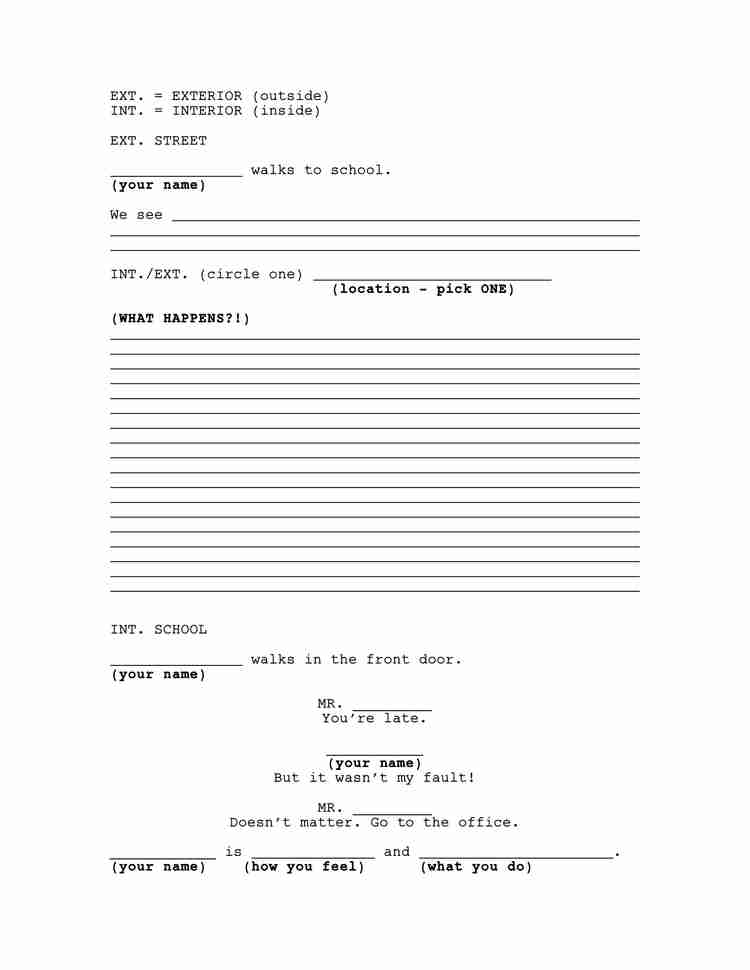

There were traffic jams, construction, overturned garbage cans, bullies, and more standing between this group of 12-year-olds and their classes.


Throughout the lesson, maintaining the kids’ focus was definitely a challenge. But by the end of class, they were eager to be called on to share their work and seemed to have fun while learning some skills they could take with them into creating their PSAs.
At the very least, they produced some work. And, as Facilitator Patti Chilsen, who observed my lesson, said, “that’s a big measure of success.” It was pretty wonderful to share something I’m passionate about with my students and watch their excitement for it grow.
